For decades, futurists have speculated about the arrival of the singularity, a point where human intelligence will merge with artificial intelligence, a concept inspired by quantum physics. Ray Kurzweil, an American computer scientist and prominent futurist, has been a leading voice in this discussion, forecasting that the singularity would likely occur by the mid-21st century. With the rapid advancement of AI technologies, Kurzweil’s predictions are gaining more attention and credibility.
In his latest book, The Singularity is Nearer, Kurzweil reaffirms his previous predictions, outlining how human intelligence could potentially increase a millionfold through the use of nanobots, among other advancements. Kurzweil’s reputation as a world-renowned futurist stems from his willingness to make bold predictions about the future. Although some of his past forecasts, like those in Back to the Future Part II, have not come to pass, his ideas continue to challenge and expand our understanding of what the future might hold.
Kurzweil is known for his unique perspective on the future, particularly regarding the concept of “the singularity,” where human and machine intelligence converge. In 1999, Kurzweil theorized that artificial general intelligence (AGI) would be achieved once technology could perform a trillion calculations per second, a milestone he predicted would occur by 2029. At the time, many experts dismissed his timeline, believing it would take much longer, possibly a century or more. However, with Kurzweil’s projected date now just a few years away and the increasing discussions around AGI, his decades-old prediction is beginning to feel more plausible.
In his newly released book, The Singularity is Nearer, a follow-up to his 2005 work The Singularity is Near, Kurzweil remains steadfast in his predictions. During a recent TED Talk, he reiterated his belief that AGI would be realized within five years and went further to predict that by 2045, human intelligence could be amplified a millionfold. This dramatic enhancement would be facilitated by brain interfaces created through the non-invasive insertion of nanobots into our capillaries.
Kurzweil explained in an interview with The Guardian that humanity is on the verge of becoming a blend of natural and cybernetic intelligence, resulting in a significant expansion of our awareness and consciousness. He envisions a future where this integration will allow humans to achieve unprecedented levels of intelligence and understanding.
While Kurzweil’s vision involves a physical merging of human and machine, other philosophers and AI experts agree that some form of integration is inevitable and, in some ways, has already begun. In July, Oxford’s Marcus du Sautoy and Nick Bostrom explored the possibilities and risks of our AI-driven future. Both scholars concluded that a synthesis of human and machine intelligence appears to be on the horizon.
Sautoy, in a conversation with Popular Mechanics, shared his belief that we are moving toward a hybrid future, one in which our sense of uniqueness as conscious beings may be challenged. He likened this shift to the Copernican revolution, where humanity had to confront the reality that it is not at the center of the universe.
However, the prospect of a hybrid AI-human existence raises numerous political and personal concerns. Questions about employment, the possibility of immortality, and the very definition of humanity are at the forefront of these discussions.
Kurzweil, like many other futurists, remains optimistic about these developments. In his interview with The Guardian, he emphasized the importance of a Universal Basic Income (UBI), which he views as essential in an AI-driven world. He also suggested that AI could bring extraordinary advancements in medicine, making the concept of immortality not entirely out of reach.
Kurzweil predicts that by the early 2030s, we might achieve “longevity escape velocity,” where scientific progress will compensate for the years lost to aging. This means that as we move forward, we could gain more years than we lose, potentially extending human life significantly, though not guaranteeing eternal life due to the unpredictability of accidents.
Just as Back to the Future Part II envisioned flying cars, Kurzweil’s vision of a technologically advanced utopia may or may not materialize as predicted. Yet, as we approach the end of this decade, his predictions about a pivotal moment in human technological history seem increasingly relevant, with little evidence to suggest otherwise.
